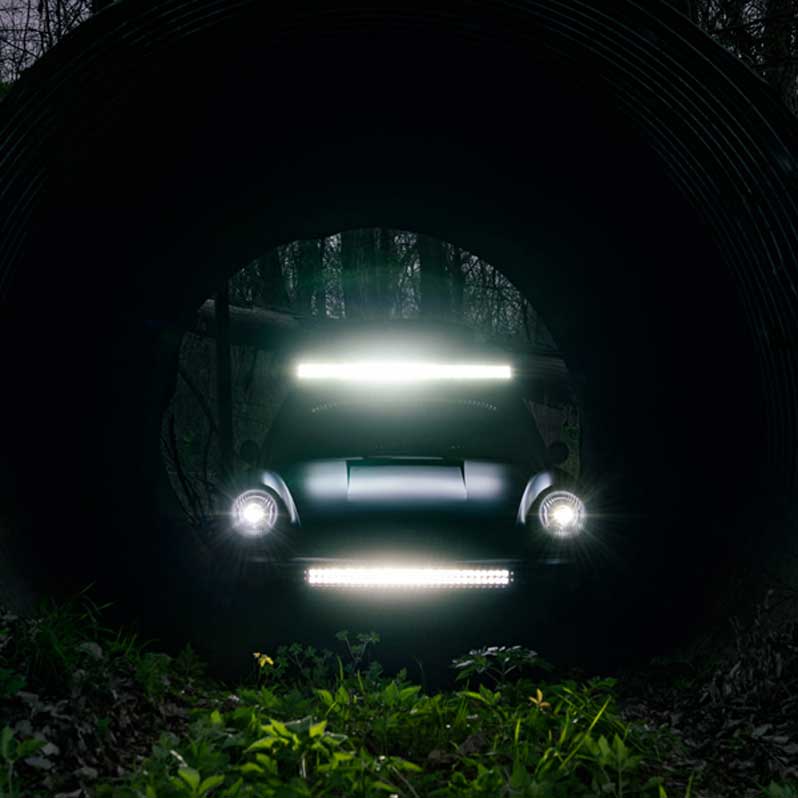Test Drive: 2020 Porsche 911
We get behind the wheel and see how the brand is improving an icon

There’s no tougher design mandate than keeping something the same while simultaneously making it better. That has been the mission of Porsche for decades: to keep 911 purists happy while making the car faster, safer, and more comfortable.
Ferdinand Porsche penned the design for the vehicle in the early 1960s and one wonders if he could have imagined the car as a 2020 model. Facing the totally new, eighth-generation 911 in Valencia, Spain recently, we recognized the iconic silhouette immediately. Though the car looks different than the original from ’63, it is without a doubt a 911. This new generation is known as the 992 model, and the turbocharged, 3.0-liter flat six engine is still located in the rear. At launch consumers will be offered both the S and AWD 4S models—each with a stirring 443 horsepower and 390 pound-feet of torque, a sizable increase over the previous generation. We can confirm that it’s quick on legal roads and the racetrack—a pleasure to drive.

The car turns beautifully, while the latest suspension provides a cosseting ride that should handle even the winter-carved potholes that make up roads in the American Northeast. It’s the kind of ride you could live with daily. So Porsche has met expectations of more speed, better handling, and extra comfort in one fell swoop.
The quiet engineering revolution inside the car includes an extra eighth gear on the superlative PDK automated transmission, and semi-autonomous driving capabilities. The 992 gets a new “wet mode,” in which acoustical sensors listen for sounds of moisture splattering the inside of the wheel wells and alert the driver. Engage that setting and the car becomes more attuned and sedate on wet roads.

Design, though, is the major element that draws so many generations of drivers back to the 911 again and again. Now we’re getting to the aspect that makes purists nervous.
This time, the car is bigger than ever before; not necessarily a good thing. The compactness of the original—so easy to take in as a whole with a sweep of the eyes—is one of the elements that has been lost a long time ago. (And which made the 911 so compelling to negotiate along thin, curvy back roads.) But the 992’s wheelbase is actually the same length as the outgoing 991.5 car. The hood juts out further and lower, drawing the eye toward the ground.

The body has been widened front and back and, for the first time, the wheels are physically larger on the rear—reinforcing the sloping, ready-for-action attitude. (Porsche designers say the flushed wheel arches and forward stance are a head nod to the 930 Turbo, a legendary 911 model.) The rear makes the biggest exterior departure from previous designs, with a brake light that runs the entire width of the back.

The new interior is the 992’s best reinvention. Until the mid-’90s, the dashboard and controls were laid in a horizontal fashion, but when digital screens made their appearance, the 911’s interior got a stacked, vertical design. This time, designers have gone back to the horizontal motif, with a long sweep of glass from the driver to the extreme right of the cabin. The driver still gets an analog gauge in the very center screen and a number of “hard” buttons, cleverly integrated with digital gauges and haptic touchscreen controls. It all works gloriously.

There’s also a curious lip that runs on the underside of the digital screen, which can be outfitted in aluminum or wood or carbon fiber. It’s pleasing to the eye and the touch—with a fine dose of whimsy.
Even at the end of a long day of driving, we just wanted to get back in the car. Wanted to spend more time over more miles, going faster and faster. That’s how we’ve felt over many generations of the 911, which proves the designers have again hit that impossible mandate. Making it the same—only better.
Images courtesy of Porsche












